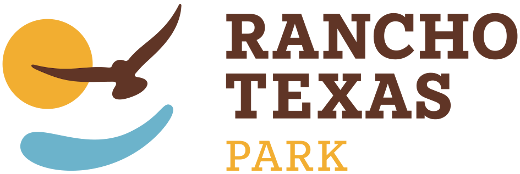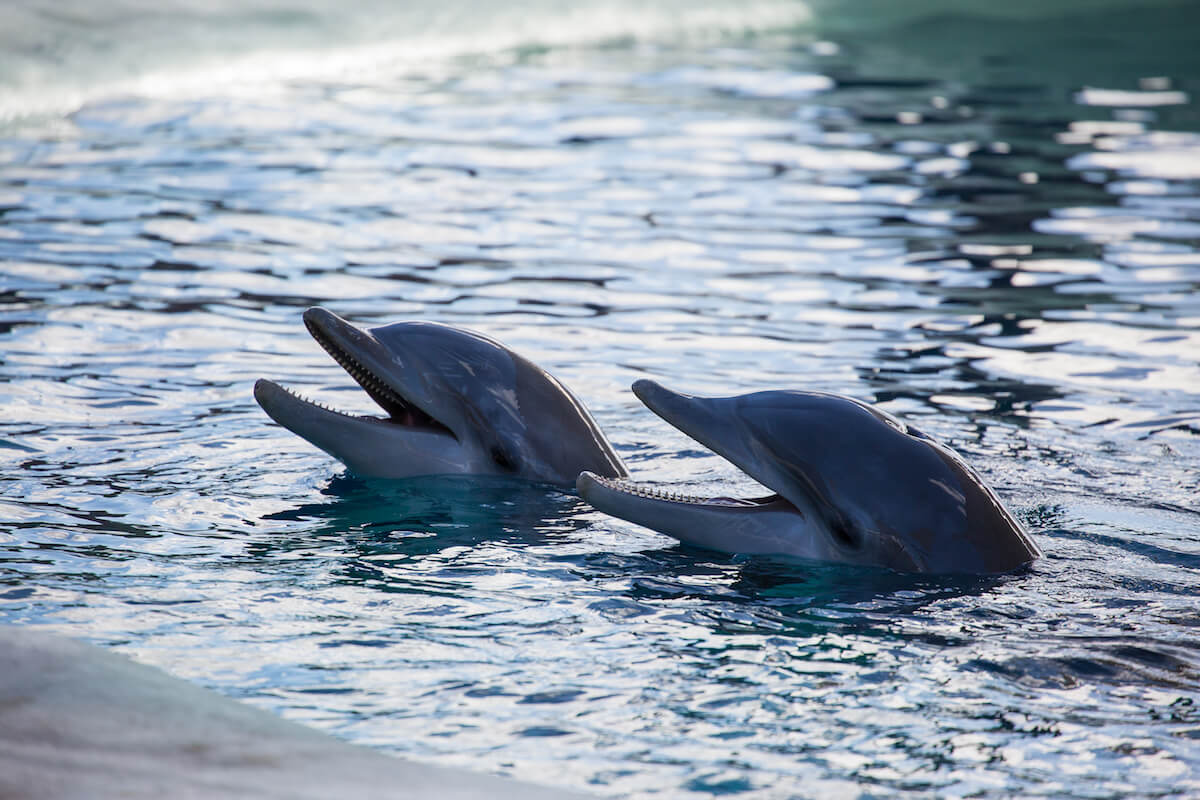It’s been a week now since four dolphins have been living with us
Last Saturday the 26th of November four specimens of bottlenose dolphins arrived to Lanzarote, from Duisburg and Nuremberg (Germany), which were successfully transported in a specially equipped transport airplane in the company of a team of veterinarians, biologists and caregivers.
Their acclimatization to the new facilities built for them is satisfactory in every way. Their health is optimum, they feed normally and thoroughly enjoy the seven million litres of seawater that fill the spacious and deep pools of their new home.
These four specimens belong to the species Tursiops truncatus (mular, bottlenose, tursion or tonina) and in particular to the coastal subspecies, an ecotype that inhabits warm and shallow water, between three and ten meters of depth, always remains close to the coasts and usually forms small groups (pods) of between three and fourteen animals.
The newcomers in Lanzarote belong to a third generation born in captivity in dolphinariums in Germany and the Netherlands: Diego and Darwin were born in 2011 in Duisburg zoo, Noah in 1993 in Nuremberg and Kai in 2010 in the dolphinarium of Harderwijk, although from there he was then transferred to the zoo in Nuremberg.
It was weird to see that during the first three days at the dolphinarium, the couples formed by Diego and Darwin on one hand and Noaj and Kai on the other did not interact with each other. The reason for this was that the two couples, who had been in Duisburg and Nuremberg, did not know each other. However, on the fourth day the four began to swim and play together. Now they form a group of four friends, one team.
This was, of course, the objective of the European Program for Endangered Species (EEP) which, according to the experts and the European Aquatic Mammal Association’s (EAAM) opinion, they considered that the best thing for the dolphins at Rancho Texas Lanzarote Park was to form a “bachelor group” the same as what sea lions, seals, deer, horses or elephants and also wild dolphins do in nature.
[flexislideshow pageid=”” slideshowtitle=”false” lightbox=”true” lightboxtitle=”false” transition=”fade”]


